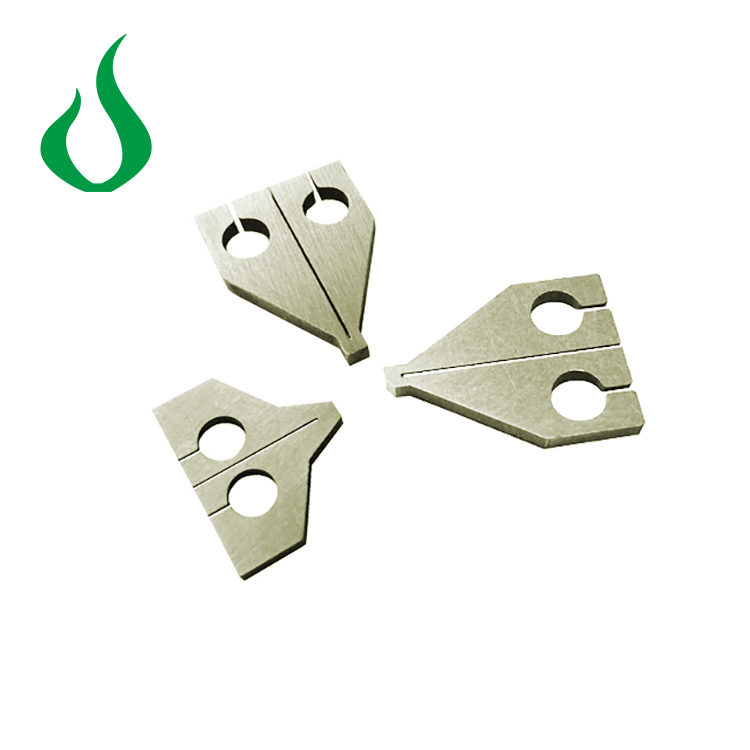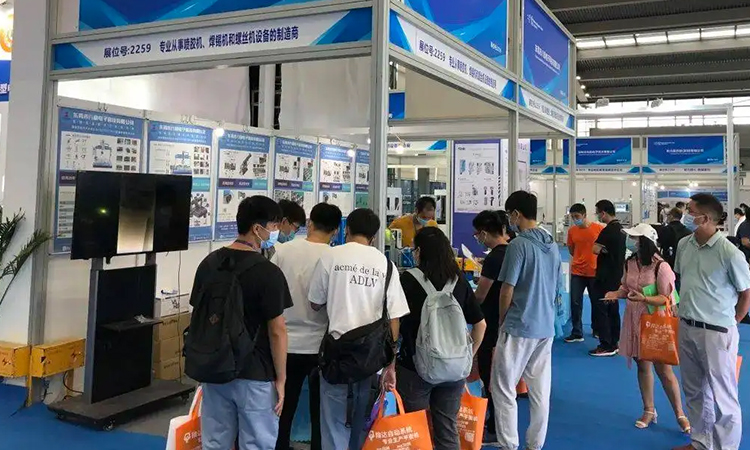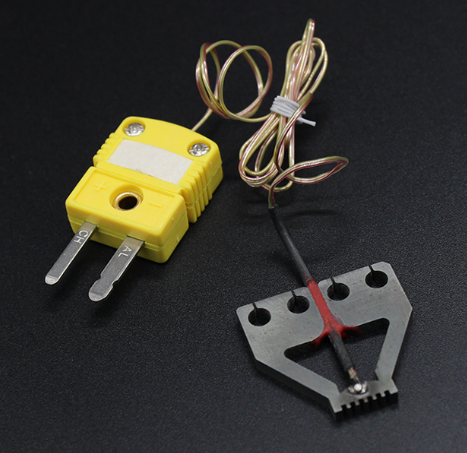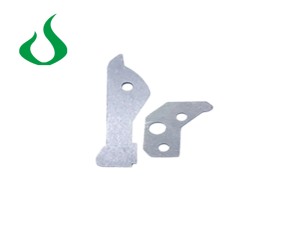MENU

 LNG
LNG
Due to the high hardness and brittleness of high-strength automotive panels, there is a greater tendency for interface fracture failure during spot welding. By studying the welding performance of automotive panels under different welding process parameters, the fracture failure of high-strength automotive panel spot welding joints is divided into three categories, which are typical failure modes of automotive panel spot welding joints. The high-strength automotive panel spot welding joints are mainly divided into interface fracture There are three failure modes: fusion line fracture and heat affected zone fracture.
Among them, the interface fracture mode of (a) is interface fracture, and the fracture of spot welded joints has already penetrated the entire fusion zone, and the macroscopic fracture surface is relatively flat;
(b) The interface fracture mode is fusion line fracture, and the fracture position of the spot welded joint is at the fusion line. The macroscopic morphology of the fracture surface shows that the fracture is not flat, but consistent with the direction of the tensile shear force, forming a certain angle deviation from the plane of the steel plate;
(c) The fracture mode of the interface is the fracture in the heat affected zone, and the fracture position of the spot welded joint is located in the softening zone, which is the junction of the base metal zone in the heat affected zone, and the molten nucleus is completely pulled out.
Observing the cross-sectional morphology of spot welded tensile shear joints under three failure modes, it can be seen from the cross-sectional morphology of spot welded tensile shear joints under interface fracture mode that the fracture has penetrated the entire fusion zone, and the original cracks can also be seen at the joint of the overlap surface of the automotive plate; From the cross-sectional morphology of the spot welded tensile shear joint under the fracture mode of the fusion line, it can be seen that the spot welded joint fractured at the junction of the heat affected zone in the fusion zone; From the cross-sectional morphology of spot welding and tension shear joints under the fracture mode of the heat affected zone, it can be seen that the fracture positions all occur in the heat affected zone. This may be due to the insufficient toughness of the heat affected zone, and the cracks generated during the tension shear process will propagate along the thickness direction of the plate. In addition, it is worth noting that if the initial crack at the fusion line interface extends along the central plane of the fusion nucleus, it will form interface fracture failure. However, if the initial crack extends along the fusion line direction, it will form fusion line failure. Therefore, in the actual welding process, the welding process should be controlled well.
Scanning electron microscopy morphology of the failure location of spot welding joints on automotive panels. The failure position in the interface fracture mode is located at the overlap gap between two workpieces. Due to the effect of local stress concentration, an initial crack is generated. During the process of tensile shear, the initial crack will propagate along the hard and brittle melt nucleus structure, causing fracture; Under the fracture mode of the fusion line, there are severe shrinkage defects at the visible failure source, which are prone to stress concentration during the tensile and shear processes and form the characteristic of extending along the fusion line; The failure source in the fracture mode of the heat affected zone is located in the two-phase zone. The formation of this M-A structure is mainly due to the increase in austenite stability during the transformation from austenite to ferrite, resulting in incomplete A/M transformation during the cooling process. The toughness of this structure is relatively low, and cracks are easily generated here during tensile and shear processes, gradually expanding towards the lower hardness softening zone.
If you have any needs, please contact me by email aria.diao@soucua.com.



